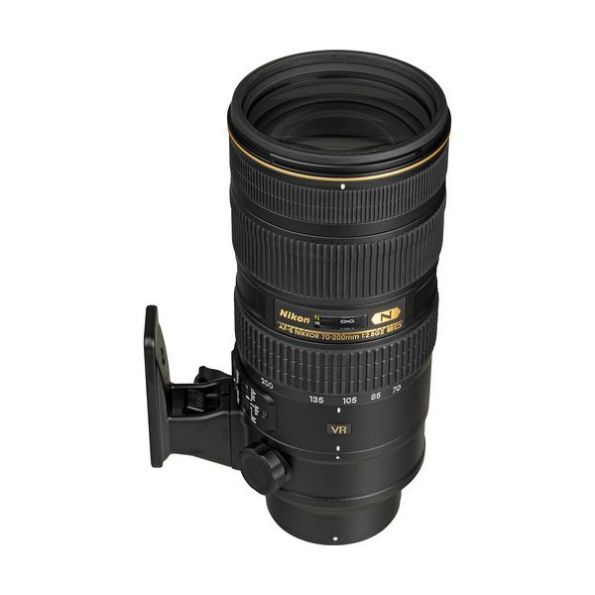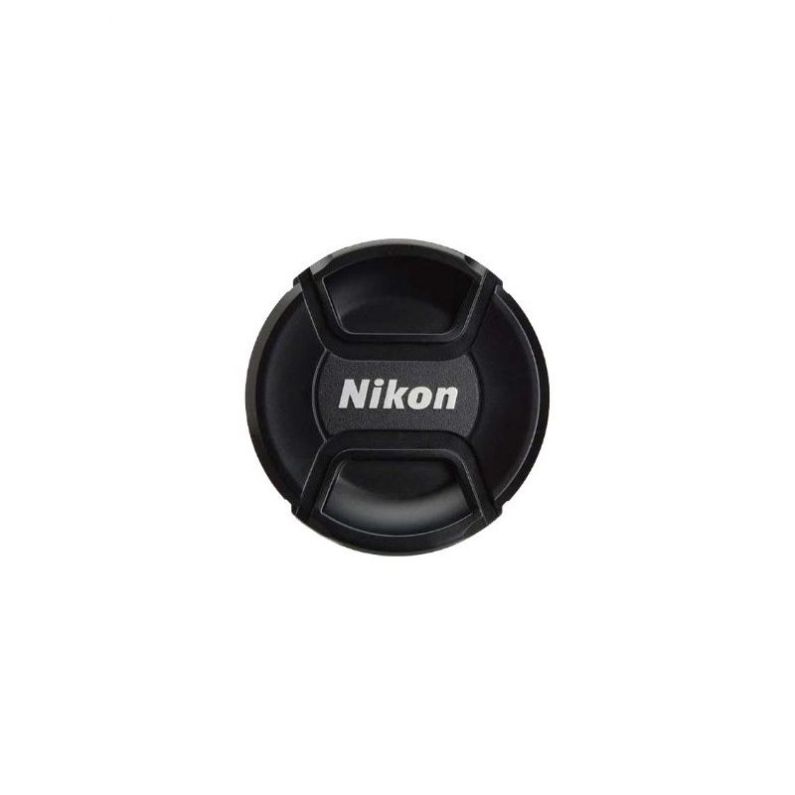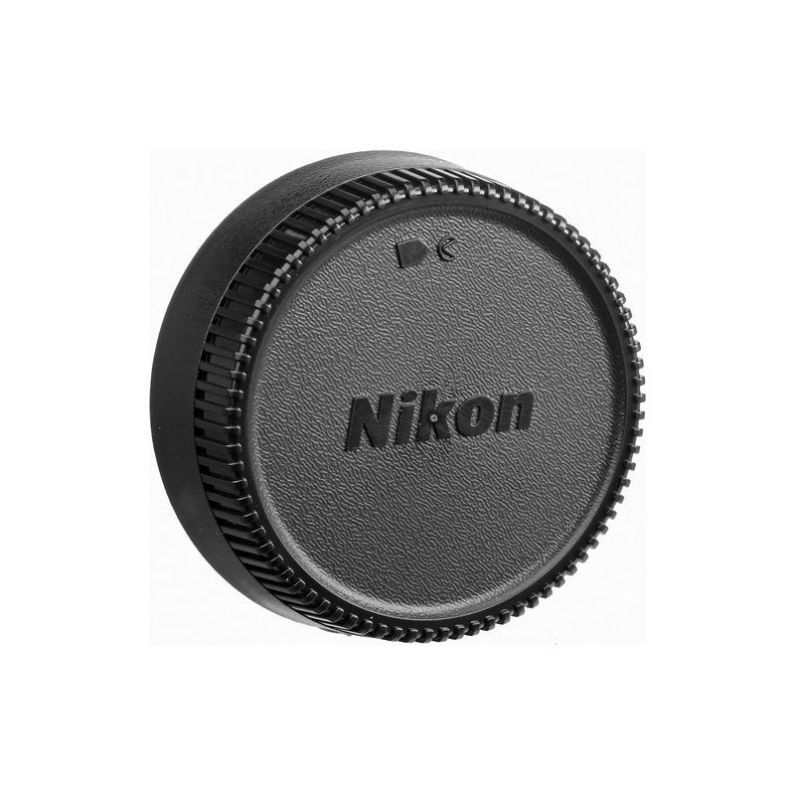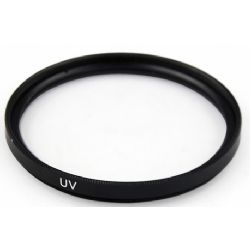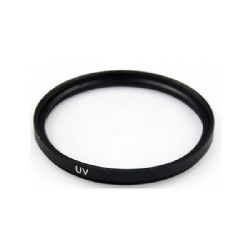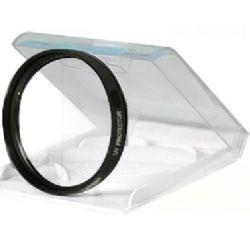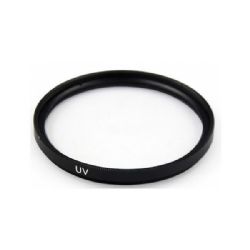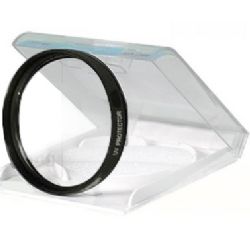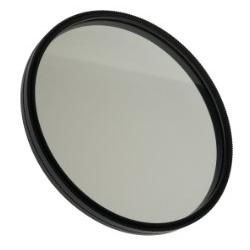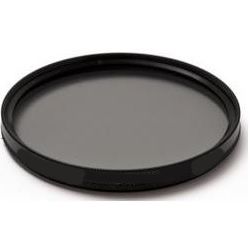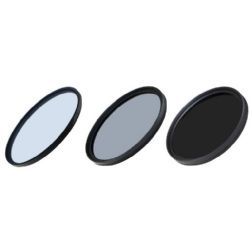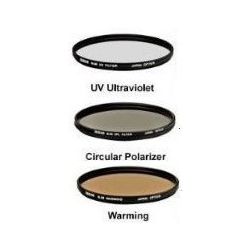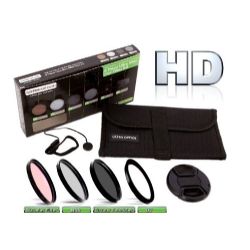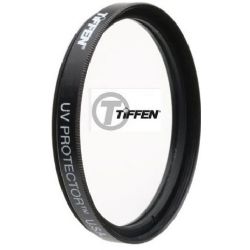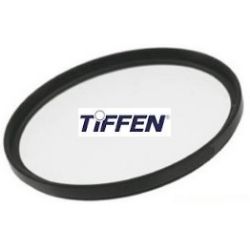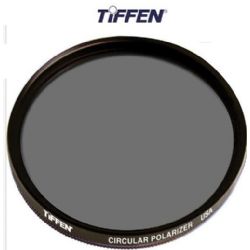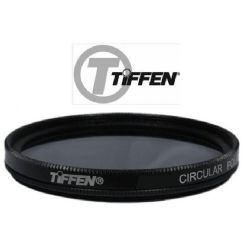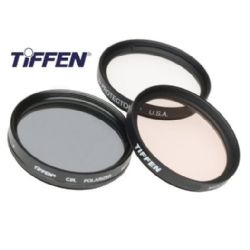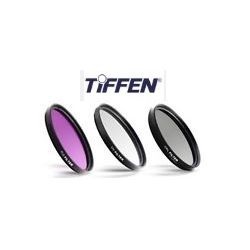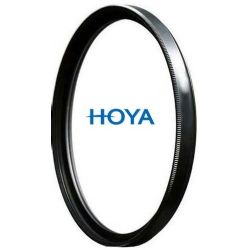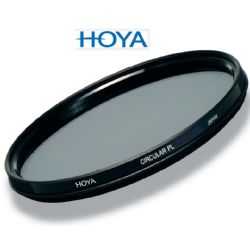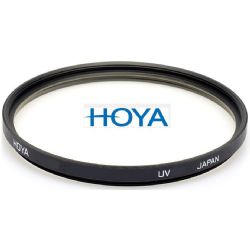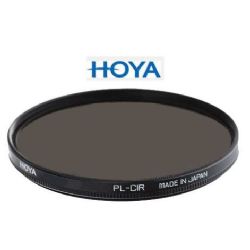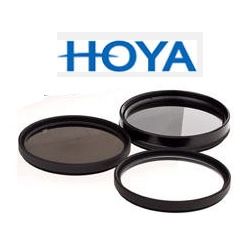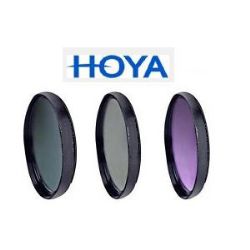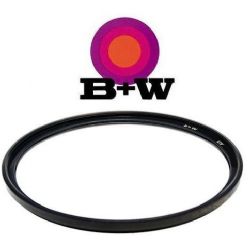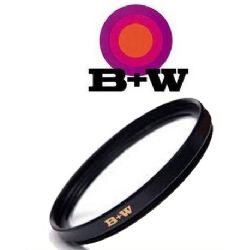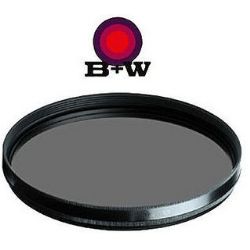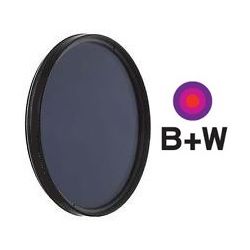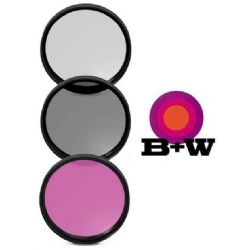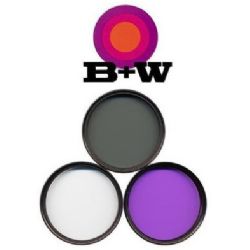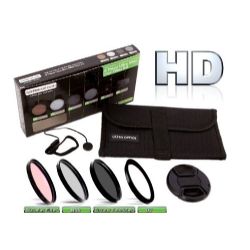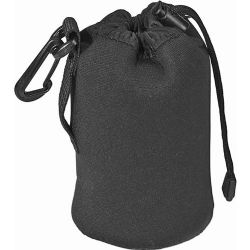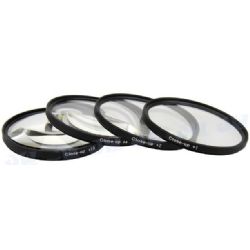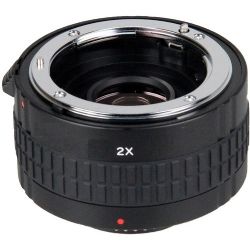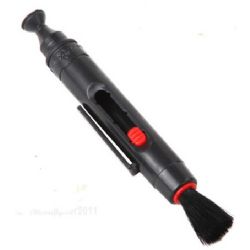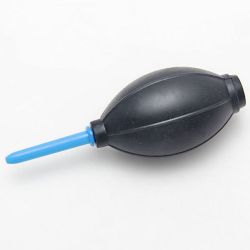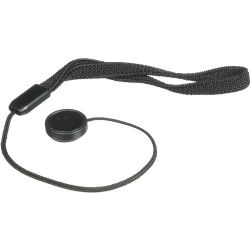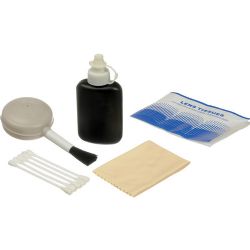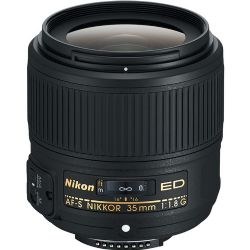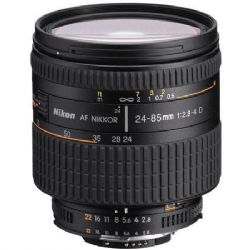Nikon AF-S NIKKOR 70-200mm f/2.8G ED VR II Lens

Item: 17894
Availability: In Stock
Shipping Info: Ships in 1-2 Business Days
Condition: New
Protection Plans:
Total Savings: $810.99
-
Extended Warranty Protection Plans
Filters & Filter Kits
Pouches & Cases
Extenders, Converters, Close Up Accessories
Lens Cleaning & Care
-
With the 70-200mm ƒ/2.8 VR2 mounted on the D200, corner shading is not an issue, with any focal length and aperture producing less than a quarter-stop of shading in the corners.
It's slightly different when the lens is mounted on the D700. The focal length most affected is 200mm. The worst performance is noted with the lens zoomed to 200mm and the aperture set to ƒ/2.8; with this combination, the corners are up to two-thirds of a stop darker than the center. At other focal lengths at the ƒ/2.8 aperture, we note between a third and a half of a stop worth of shading. Corner shading is marginal for 70-105mm at ƒ/4; for 135mm, it's reduced significantly, but only marginal at ƒ/5.6. To completely remove corner shading at 200mm, you'll have to shoot at ƒ/11, where the corners are less than a quarter-stop darker than the center.
Distortion
Distortion performance has also been improved in the new version of the 70-200mm ƒ/2.8. The previous version of the lens appears to have attempted to provide an undistorted image at the 105mm mark; in the new version, Nikon has made 85mm the target point, and distortion begins from there. As the lens is zoomed in towards 200mm, average (central) distortion becomes slightly barrel-distorted, while the corners take on a distinct pincushion distortion. On the D200 this effect is not substantial (at 200mm, we note an average of just under +0.1% barrel and extreme corners of -0.5% pincushion). On the full-frame D700 however, distortion is a bit more significant: at 70mm there is actually some noteworthy barrel distortion, +0.2% in the corners; at 200mm, the corners are distinctly pincushion distorted (-0.5%) with some barrel distortion throughout the image (+0.25%).Autofocus Operation
Nikon has made some significant changes in the focusing system in the new 70-200mm ƒ/2.8 lens. None of these has impacted on the overall speed of the auto-focusing system, which (similarly to the previous version of the lens) is incredibly fast, going from infinity focus to close-focus and back again in under a second. Small changes in focus happen incredibly fast.The AF-S specification of the lens allows the user to override autofocus results by just turning the focusing ring at any time, however, Nikon has improved upon this feature by adding an additional focusing mode - ''A/M''. (The convention on Nikon lenses for this switch has been ''M/A'' - manual / autofocus - and ''M'' for purely manual focus). The ''A/M'' switch seems to add an additional layer of gearing to the autofocus ring, the effect of which is to make a turn of the ring produce less of a change in the amount of change in focus. In practice, Nikon suggests that this setting would be used in the case where a user did not want to accidentally change focus results. However, in our sample of this lens, any movement of the focus ring still affects focus results, regardless of the setting. When set to the A/M setting, the movement of the ring just has less of an effect.
Nikon has changed the parameters of the focus limiter switch. Where the previous version of the lens enabled the lens to be limited between infinity and 2.5 meters, the new switch enables the lens to be limited between infinity and 5 meters.
Finally, the lens no longer has the three focus hold buttons found in the previous version of the lens.
Macro
The 70-200mm ƒ/2.8 makes a very poor macro lens, with just 0.12x magnification. However, its close-focusing range has been improved, at just 1.4 meters (around four feet from the end of the lens).Build Quality and Handling
The Nikon 70-200mm ƒ/2.8G AF-S ED VR II is a large and heavy lens - slightly shorter than the previous version (209mm instead of 216mm), but slightly heavier (1,540 grams instead of 1,450 grams). Nikon's improvements to the previous lens include replacing the nine straight diaphragm blades with nine rounded ones, for improved bokeh performance (though truth be told, bokeh performance in the previous lens has been held in very high regard). Nikon has replaced two of the lens elements with ED glass, making for a grand total of seven ED glass elements (21 in 15 groups). Nikon has used its Nano-Crystal coat process to reduce flare and ghosting. Finally, the vibration reduction system employed is now the VR2 system.Operationally, there has also been some redesigning. As previously mentioned, the focus hold buttons have been removed, a new focusing mode (''A/M'') has been added, and the parameters of the focus limiter switch have changed. The windowed distance scale has been repositioned closer to the middle of the lens, so it can now be seen while the lens hood is mounted for storage. There are still no depth-of-field or infrared index marks on this scale, however. The Vibration Reduction switches have stayed the same: VR can be activated or deactivated with one switch, and changed from normal (2-axis, panning) operation to active (4-axis) operation with the other switch.
The zoom ring hasn't changed much, retaining the rubber texture with large, raised ribs. It's about 7/8 of an inch wide and has great tactile feel. It's smooth to turn, and offers only slight resistance, taking gentle pressure from two fingers. There are about ninety degrees of turning action. For the purists, it should be noted that Nikon has changed the 80mm focal length marking on the previous version of this lens to a more conventional 85mm focal length marking.
The focusing ring is a different design, owing to the new shape of the lens. While the previous version of the lens had a distinct cone-like shape, the new lens is more cylindrical. Where the old version of the lens used a focusing ring that was larger and followed the expanding size of the front of the lens body, the new focus ring is a little less wide (1 inch) and is essentially flat. The extra space at the end of the lens is filled with an immobile ring-shaped rubber grip, for extra stability when holding the lens. The focusing ring has a generous amount of rotation room, about 160 degrees between infinity and close-focus. The ends are bordered with soft stops, so an increased amount of resistance lets you know you've reached the end. The lens will focus past infinity. Finally, attached 77mm filters will not rotate during focus operations.
The tripod mounting bracket is permanently attached to the lens, similarly to the previous version, and the foot can be removed (and perhaps, replaced with a third-party option which is directly Arca-Swiss compatible). The bracket itself is exceptionally stable, and can be rotated fully 360 degrees around the lens. There are rotation points present on the lens body at 90 degree intervals, and a knob tightens the lens well into its rotated position.
The lens hood has also been revised. The petal-shaped HB-48 (replacing the HB-29) is much shorter, down to 2 1/2 inches (compared to the original 3 1/4). Consequently this allows the user to access the manual focus ring with the lens hood in storage position. Users have also reported that the reduction in size for both the lens and hood have allowed them to place a camera/lens combination in their bag without having to switch the hood to its storage orientation.
We haven't had the time to extensively test the new VR2 vibration reduction system in this lens, but we can say through casual use that it does work, at least as well as the system in the previous lens. From conversations with other photographers who have taken to using this lens, we have heard nothing but praise for the new VR system.
-
Image Circle 35mm Type Telephoto Zoom Focal Length 70 - 200mm APS Equivalent 105 - 300mm Max Aperture f/2.8 Min Aperture f/22 Diaphragm Blades 9 rounded Lens Construction 21 elements in 15 groups, including 7 ED Elements Diagonal Angle of View(Based on FX image circle) 34.2 to 12.2 degrees Focus Details Silent Wave Motor; Internal Focusing Front Element Rotation No Zoom System Rotary Closest Focus 1.4m / 4.6 ft. Magnification Ratio 0.12x / 1:8.3 Filter Size 77mm -
• Rear Lens Cap
• Snap-On Lens Cap
• Bayonet Lens Hood
• Soft Lens Case
• Tripod Collar
• Brand New Factory Fresh Import Model


